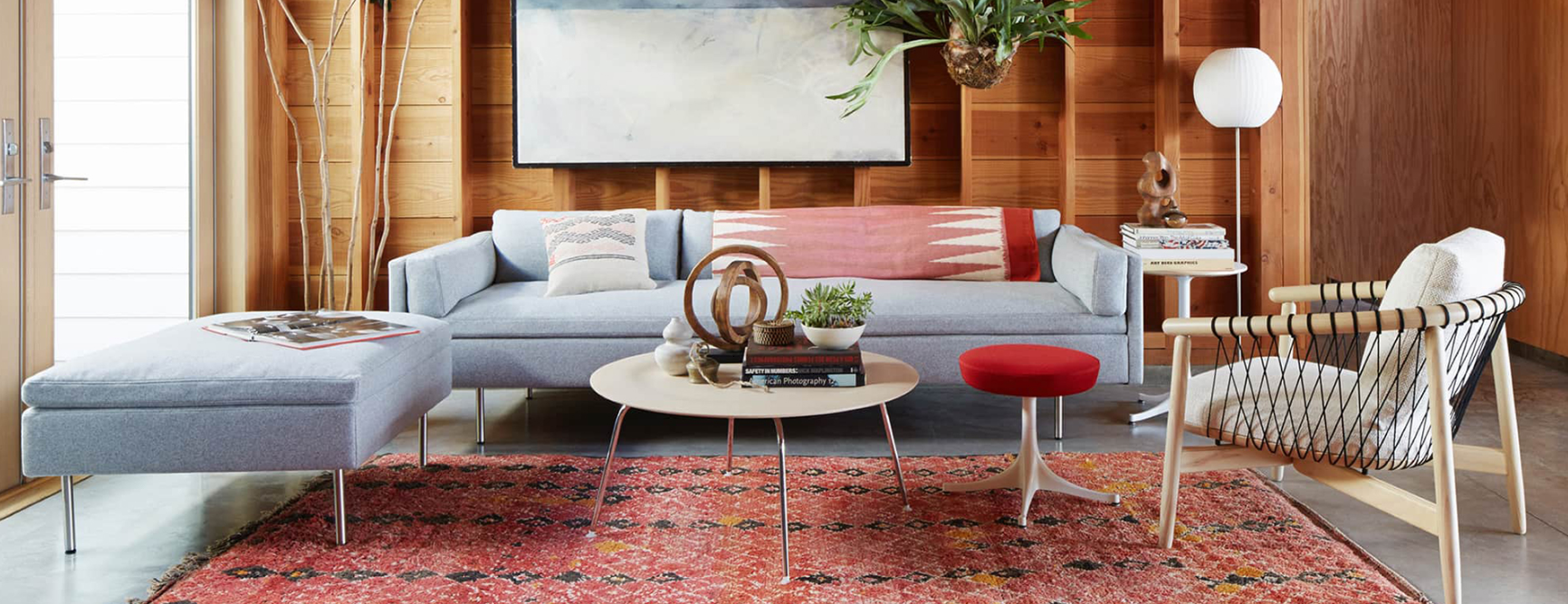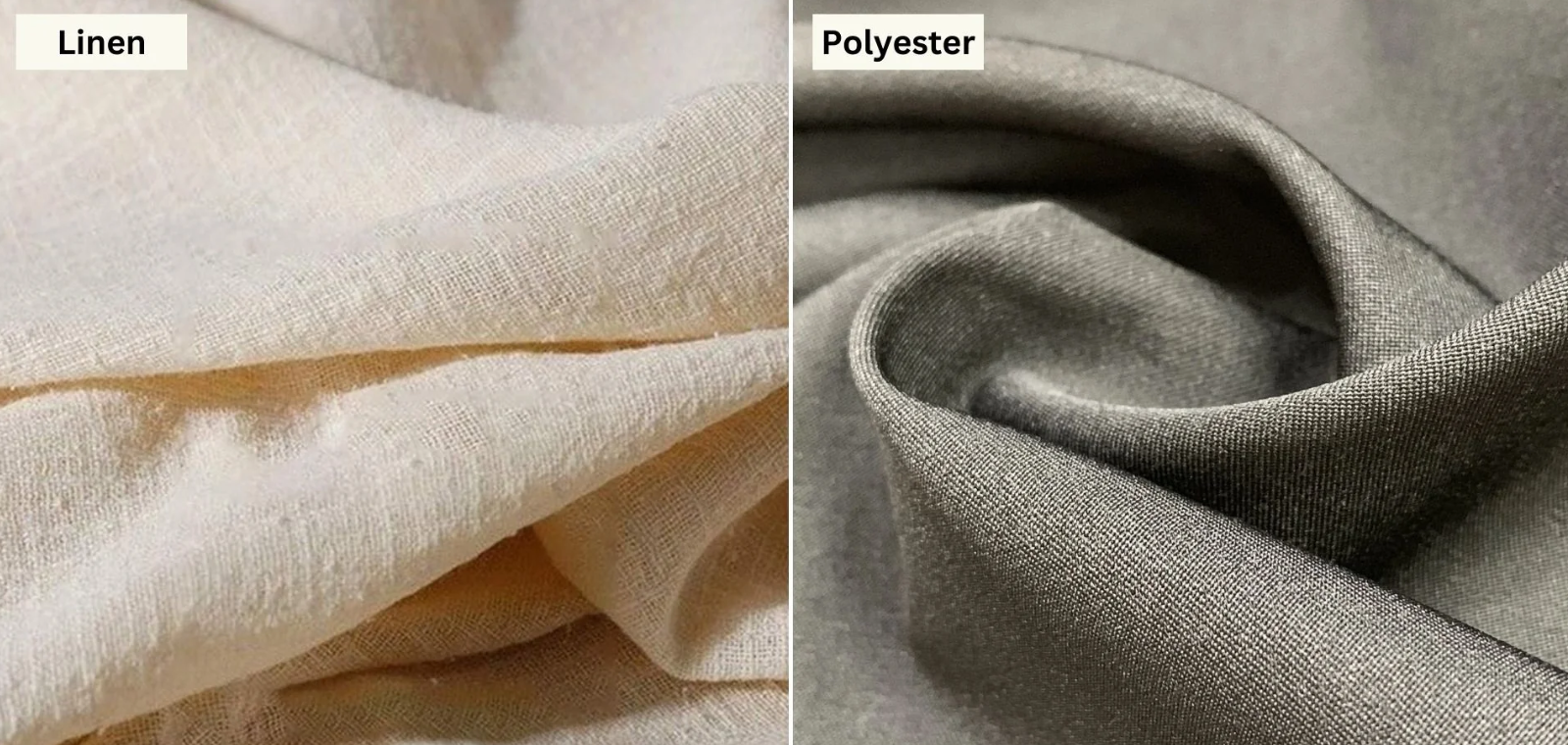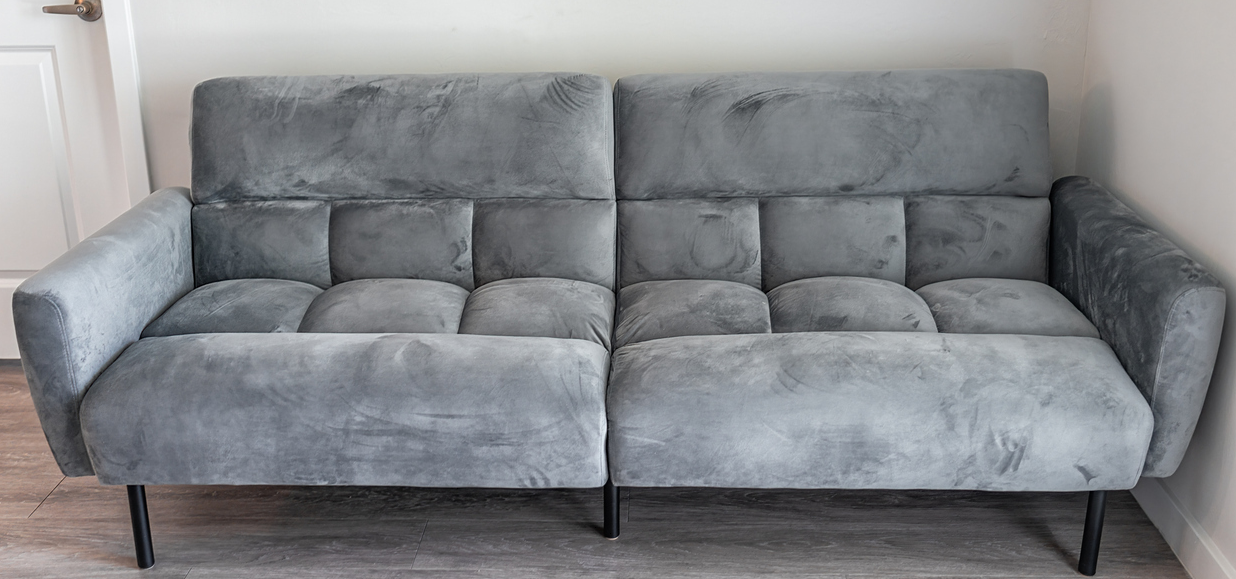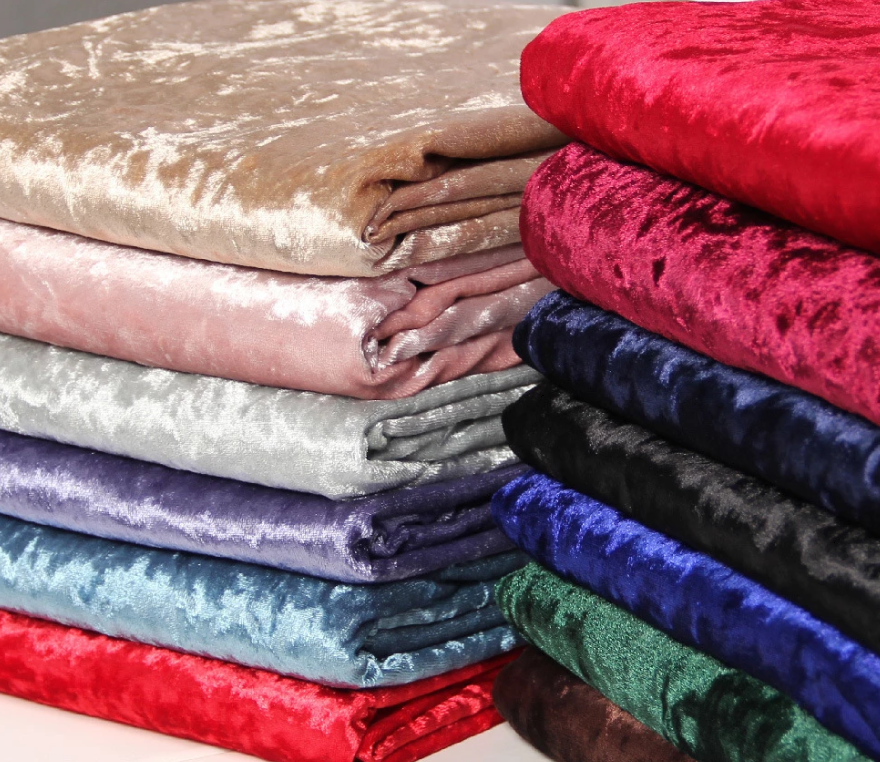Best Fabric For Sofa
The best fabric for a sofa depends on the specific needs and preferences of the individual. However, some popular options include leather, velvet, and microfiber. Leather is durable and easy to clean, making it a great choice for households with pets or children. Velvet is luxurious and soft, adding a touch of elegance to any room. Microfiber is stain-resistant and easy to maintain, making it a practical choice for busy households. Ultimately, the best fabric for a sofa is one that suits the lifestyle and aesthetic of the homeowner.
- Cotton fabric
- Leather fabric
- Linen fabric
- Microfiber fabric
- Velvet fabric
Cotton fabric
Cotton fabric is a versatile and widely used material in the textile industry. It is made from the fibers of the cotton plant, which are soft, breathable, and absorbent. Cotton fabric is known for its comfort and durability, making it a popular choice for clothing, bedding, and home furnishings. It is also hypoallergenic and gentle on the skin, making it suitable for people with sensitive skin or allergies. Cotton fabric can be woven into various types of weaves, such as plain, twill, and satin, giving it different textures and appearances. It is also easy to dye, allowing for a wide range of colors and patterns. Overall, cotton fabric is a timeless and reliable choice for a wide range of applications.
Pros
- Cotton fabric is breathable, allowing air to circulate and keeping the body cool and comfortable.
- It is hypoallergenic, making it suitable for individuals with sensitive skin or allergies.
- Cotton fabric is durable and long-lasting, with the ability to withstand regular wear and tear.
- It is easy to care for and can be machine washed and dried without losing its shape or color.
Cons
- Cotton fabric tends to wrinkle easily, requiring frequent ironing or steaming to maintain a neat appearance.
- Cotton fabric has a tendency to shrink when washed and dried, which can lead to garments or linens becoming too small or misshapen.

Leather fabric
Leather fabric is a durable and versatile material that has been used for centuries in the production of clothing, accessories, and furniture. It is made from the skin of animals, typically cows, and is known for its strength and flexibility. Leather fabric comes in a variety of textures and finishes, from smooth and glossy to rough and matte. It is also available in a wide range of colors, making it a popular choice for fashion designers and interior decorators. Leather fabric is prized for its luxurious look and feel, and it is often associated with high-end, quality products. Whether used in the construction of a jacket, a handbag, or a sofa, leather fabric adds a touch of sophistication and elegance to any item.
Pros
- Leather fabric is highly durable and long-lasting, making it a great investment for long-term use.
- It has a luxurious and stylish appearance, adding a touch of sophistication to any outfit or interior design.
- Leather fabric is resistant to stains and spills, making it easy to clean and maintain.
- It provides excellent insulation, keeping the body warm in cold weather and cool in hot weather.
Cons
- Leather fabric is expensive.
- Leather fabric requires special care and maintenance.

Linen fabric
Linen fabric is a versatile and highly sought-after material known for its exceptional qualities. Made from the fibers of the flax plant, linen is renowned for its strength, durability, and breathability. It has been used for centuries and is still popular today due to its natural and eco-friendly properties. Linen fabric is highly absorbent, making it ideal for warm weather clothing as it wicks away moisture from the body, keeping the wearer cool and comfortable. Additionally, linen is resistant to bacteria and allergens, making it a great choice for those with sensitive skin or allergies. Its natural luster and smooth texture give linen a luxurious and elegant appearance, making it suitable for both casual and formal attire. Linen fabric is also known for its ability to become softer and more comfortable with each wash, making it a long-lasting investment. Overall, linen fabric is a timeless and versatile material that offers both style and functionality.
Pros
- Linen fabric is lightweight and breathable, allowing air to circulate and keeping the body cool and comfortable.
- It is highly absorbent, wicking away moisture from the body and keeping the skin dry.
- Linen fabric is hypoallergenic, making it suitable for individuals with sensitive skin or allergies.
- It has a natural luster and drape, giving it an elegant and luxurious appearance.
Cons
- Linen fabric wrinkles easily, making it high-maintenance and requiring frequent ironing or steaming.
- Linen fabric tends to shrink when washed, which can be problematic if not properly cared for.

Microfiber fabric
Microfiber fabric is a popular choice for clothing, upholstery, and cleaning products due to its soft texture and durability. Made from finely woven synthetic fibers, microfiber fabric is known for its ability to repel water and stains, making it a practical choice for everyday use. It is also lightweight and breathable, making it comfortable to wear and easy to care for. In addition, microfiber fabric is often used in cleaning products because of its ability to attract and trap dust and dirt particles, making it an effective tool for keeping surfaces clean and free of allergens. Overall, microfiber fabric is a versatile and practical material that is widely used in a variety of applications.
Pros
- Microfiber fabric is incredibly soft and smooth, providing a luxurious and comfortable feel.
- It is highly absorbent, quickly wicking away moisture from the body and keeping the skin dry.
- Microfiber fabric is lightweight and breathable, allowing air to circulate and keeping the body cool and comfortable.
- It is resistant to stains and spills, making it easy to clean and maintain.
Cons
- Microfiber fabric can be prone to pilling, especially if it is of lower quality. This can result in the fabric looking worn and less aesthetically pleasing over time.
- Microfiber fabric is not as breathable as natural fibers like cotton or linen. This can make it less comfortable to wear in hot and humid climates, as it may trap heat and moisture against the skin.

Velvet fabric
Velvet fabric is a luxurious and elegant material that is known for its soft and smooth texture. It is made from a combination of silk, cotton, or synthetic fibers, which are woven together to create a dense pile. The pile is then cut to create a plush surface that is incredibly soft to the touch. Velvet fabric has a distinctive sheen and a rich, deep color that adds a touch of sophistication to any garment or home decor item. It is commonly used for upholstery, drapery, and clothing such as dresses, jackets, and accessories. Velvet fabric is also known for its durability and ability to retain its shape, making it a popular choice for long-lasting and high-quality products. Whether used in a formal setting or for everyday use, velvet fabric adds a touch of luxury and elegance to any space or outfit.
Pros
- Velvet fabric has a luxurious and elegant appearance, adding a touch of sophistication to any outfit or interior design.
- It is incredibly soft and smooth, providing a comfortable and cozy feel.
- Velvet fabric is highly durable and long-lasting, making it a great investment for long-term use.
- It has excellent insulation properties, keeping the body warm in cold weather.
Cons
- Velvet fabric is prone to crushing and matting, which can affect its appearance and texture over time.
- It can be difficult to clean and maintain velvet fabric, as it is sensitive to water and can easily develop water stains or shrink when exposed to moisture.

FAQs
What are the different types of fabrics commonly used in clothing and upholstery?
There are several different types of fabrics commonly used in clothing and upholstery. Here are some examples: 1. Cotton: Cotton is a natural fabric that is soft, breathable, and comfortable to wear. It is commonly used in clothing such as t-shirts, jeans, and dresses. 2. Polyester: Polyester is a synthetic fabric that is durable, wrinkle-resistant, and easy to care for. It is commonly used in clothing such as shirts, pants, and jackets. 3. Silk: Silk is a luxurious fabric that is smooth, lightweight, and has a natural sheen. It is commonly used in clothing such as dresses, blouses, and scarves. 4. Wool: Wool is a natural fabric that is warm, insulating, and moisture-wicking. It is commonly used in clothing such as sweaters, coats, and suits. 5. Linen: Linen is a natural fabric that is lightweight, breathable, and has a crisp texture. It is commonly used in clothing such as shirts, pants, and dresses. 6. Velvet: Velvet is a luxurious fabric that is soft, plush, and has a rich texture. It is commonly used in upholstery for furniture such as sofas, chairs, and curtains. 7. Leather: Leather is a durable fabric made from animal hides. It is commonly used in clothing such as jackets, shoes, and bags, as well as in upholstery for furniture. 8. Nylon: Nylon is a synthetic fabric that is lightweight, strong, and resistant to abrasion. It is commonly used in clothing such as activewear, swimwear, and hosiery. 9. Rayon: Rayon is a semi-synthetic fabric that is soft, breathable, and has a silky texture. It is commonly used in clothing such as blouses, dresses, and skirts. 10. Acrylic: Acrylic is a synthetic fabric that is lightweight, soft, and warm. It is commonly used in clothing such as sweaters, hats, and scarves. These are just a few examples of the different types of fabrics used in clothing and upholstery.
What are the advantages and disadvantages of using cotton fabric in clothing production?
- Advantages of using cotton fabric in clothing production:
- Comfortable to wear
- Soft and breathable
- Highly absorbent
- Hypoallergenic
- Durable and long-lasting
- Easy to care for and maintain
- Natural and biodegradable
- Available in a wide range of colors and patterns
- Disadvantages of using cotton fabric in clothing production:
- Prone to shrinking and wrinkling
- May fade over time
- Requires ironing to maintain a crisp appearance
- Can be more expensive compared to synthetic fabrics
- May not be suitable for certain types of clothing, such as activewear
- Requires more water and energy during production compared to synthetic fabrics
- Can be damaged by excessive heat or bleach
What are the benefits of using microfiber fabric compared to traditional fabrics?
There are several benefits of using microfiber fabric compared to traditional fabrics: 1. Durability: Microfiber fabric is known for its high durability and long-lasting quality. It can withstand frequent use and washing without losing its shape or color. 2. Softness: Microfiber fabric is incredibly soft and smooth to the touch. It provides a luxurious and comfortable feel, making it ideal for clothing, bedding, and upholstery. 3. Moisture-wicking: Microfiber fabric has excellent moisture-wicking properties, meaning it can absorb and draw moisture away from the body. This makes it a popular choice for athletic wear and towels. 4. Stain resistance: Microfiber fabric is highly resistant to stains and spills. It has a tight weave that prevents liquids from penetrating the fabric, making it easier to clean and maintain. 5. Lightweight: Microfiber fabric is lightweight and breathable, allowing for better airflow and ventilation. This makes it suitable for warm weather clothing and bedding. 6. Easy care: Microfiber fabric is relatively easy to care for. It dries quickly, resists wrinkles, and often requires less ironing compared to traditional fabrics. 7. Hypoallergenic: Microfiber fabric is hypoallergenic, meaning it is less likely to cause allergic reactions or irritate sensitive skin. It is a great choice for individuals with allergies or skin sensitivities. 8. Color retention: Microfiber fabric has excellent color retention properties. It resists fading, even after multiple washes, ensuring that the fabric retains its vibrant and rich colors. 9. Environmentally friendly: Microfiber fabric is often made from recycled materials, making it an eco-friendly choice. It also requires less water and energy to produce compared to traditional fabrics. 10. Versatility: Microfiber fabric can be used in a wide range of applications, including clothing, upholstery, bedding, cleaning products, and more. Its versatility makes it a popular choice in various industries. Note: The above information is provided in HTML tags for formatting purposes only. Please remove the HTML tags when using the content.
What are the main advantages and disadvantages of using leather fabric in clothing and furniture?
Main Advantages of Using Leather Fabric:
- Durability: Leather is a strong and long-lasting material, making it ideal for clothing and furniture.
- Comfort: Leather is comfortable to wear and sit on, as it molds to the body over time.
- Style: Leather has a timeless and classic look, adding a touch of elegance to clothing and furniture.
- Easy to clean: Leather can be easily wiped clean, making it a low-maintenance option for clothing and furniture.
Main Disadvantages of Using Leather Fabric:
- Cost: Leather can be expensive, making it less accessible for some consumers.
- Maintenance: Leather requires regular care and conditioning to prevent drying and cracking.
- Sensitivity to moisture: Leather can be damaged by water and humidity, requiring extra care in use and storage.
- Environmental impact: Leather production can have a significant environmental impact, including the use of chemicals and water.
What are the advantages and disadvantages of using linen fabric compared to other types of fabrics?
- Advantages of linen fabric:
- Highly durable and long-lasting
- Natural and breathable fabric
- Moisture-wicking properties
- Resistant to pilling and static
- Environmentally friendly and biodegradable
- Provides excellent heat conductivity
- Hypoallergenic and suitable for sensitive skin
- Disadvantages of linen fabric:
- Wrinkles easily and requires ironing
- Can shrink if not properly cared for
- May be more expensive compared to synthetic fabrics
- Can be prone to color fading
- Requires special care during washing and drying
- Not as stretchy or flexible as some other fabrics
What are the best methods for cleaning and maintaining velvet fabric to ensure its longevity and quality?
- Regularly vacuum the velvet fabric with a soft brush attachment to remove dust and debris.
- Spot clean any spills or stains immediately with a damp cloth and mild detergent.
- Avoid using harsh chemicals or solvents on velvet fabric as it can damage the fibers.
- Use a velvet brush to gently brush the fabric in one direction to maintain its softness and appearance.
- Avoid direct sunlight and heat sources to prevent fading and damage to the fabric.
- Professional cleaning may be necessary for deep cleaning and maintenance of velvet fabric.






